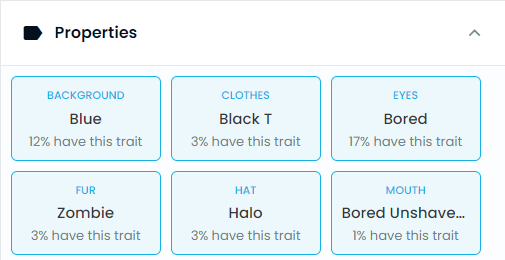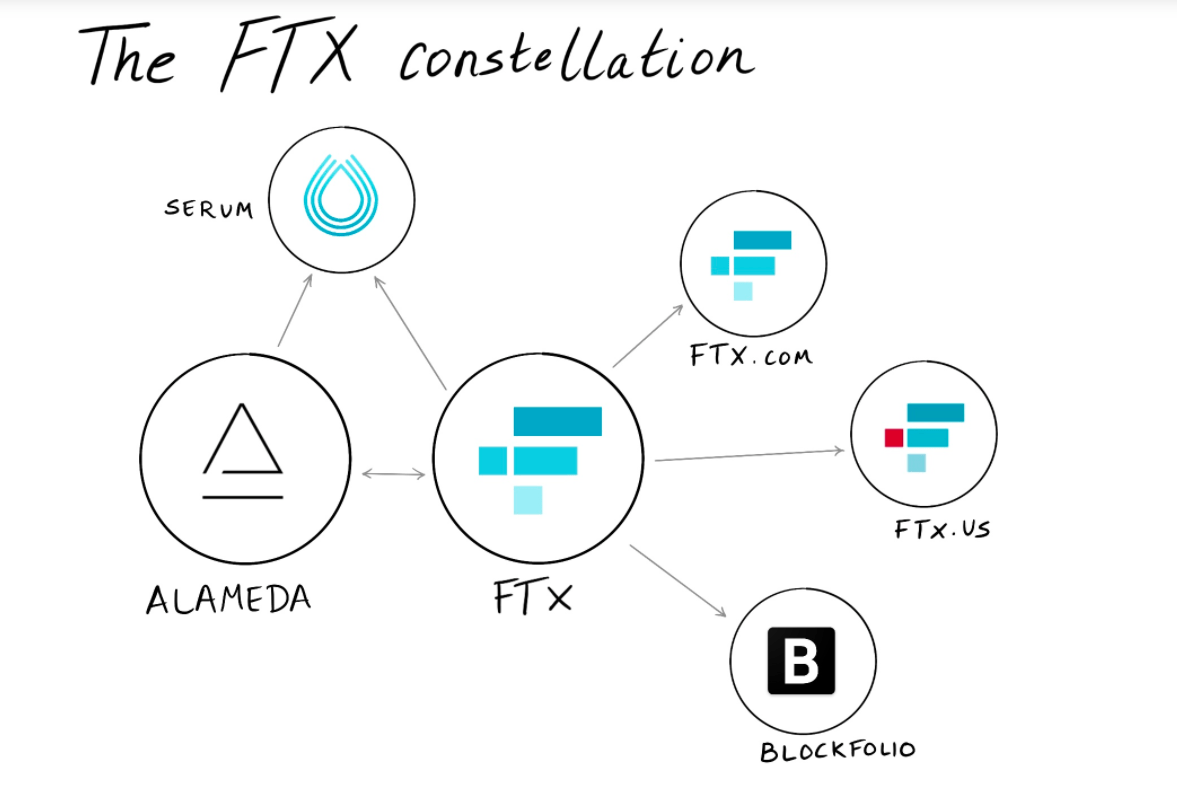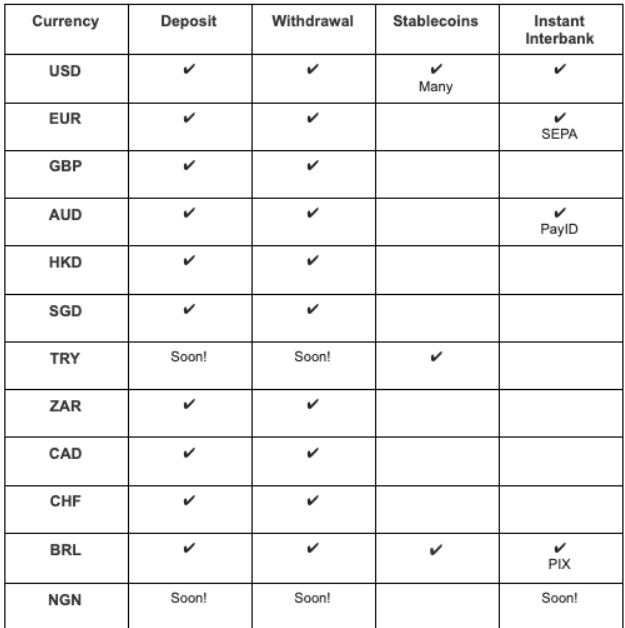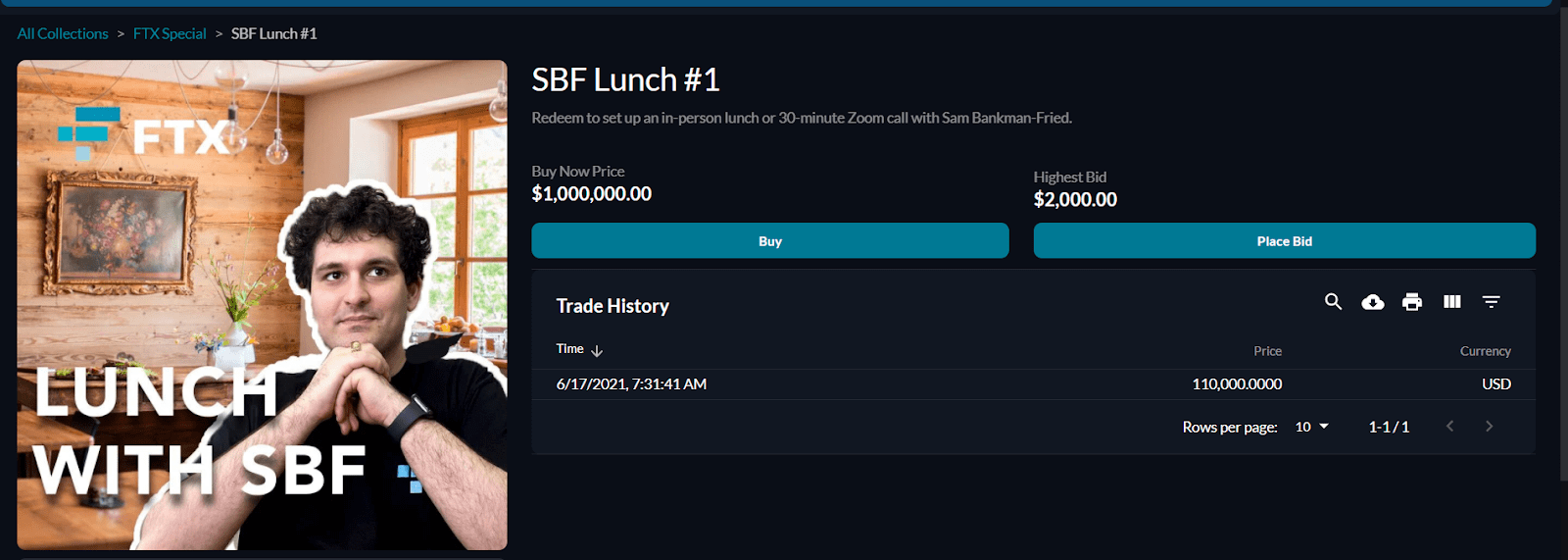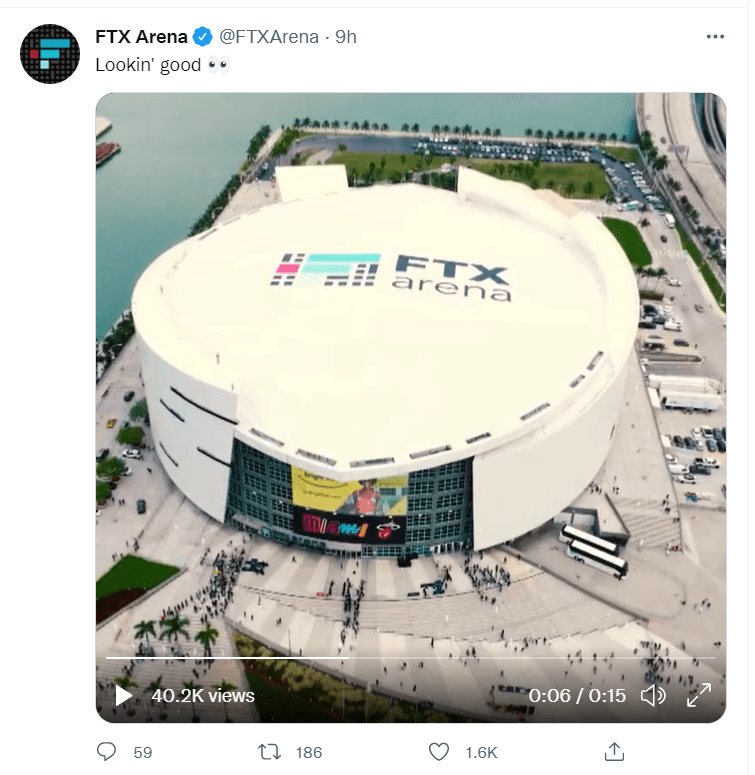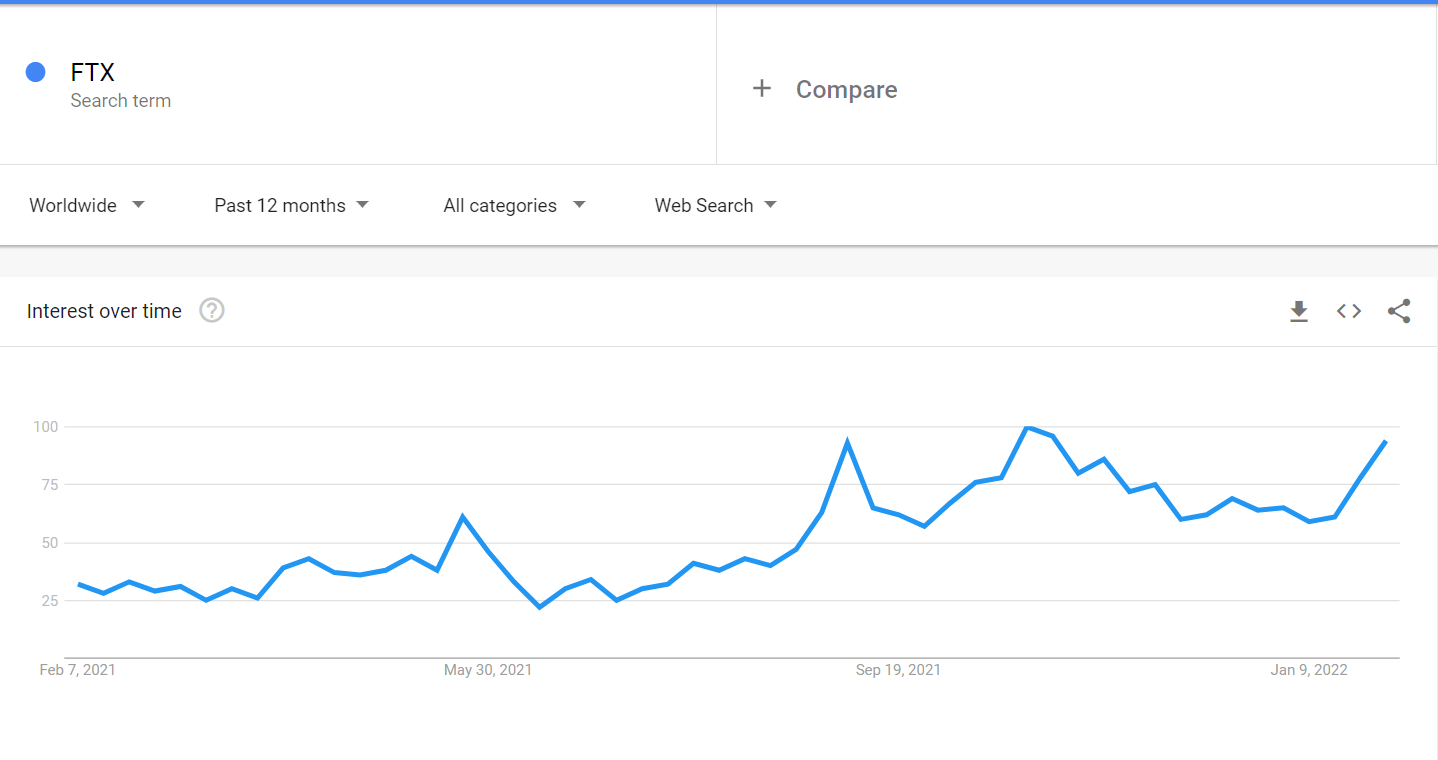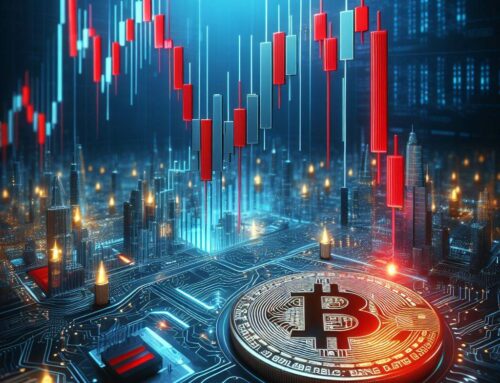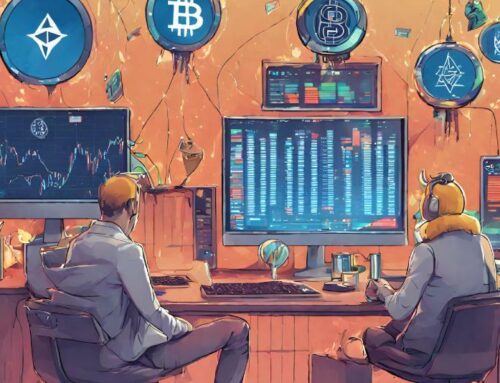Will the US economy face recession in 2023? And what does this mean for Bitcoin?
With investors continuing to warily eye the ever-changing economic situation, the way forward remains unclear. Will the U.S. experience a hard landing, a soft landing, or does the status quo persist? We look at the prospects for recession and assess Bitcoin’s role in investor portfolios.
A dark cloud is looming over the global investment community. The possibility that the United States Central Bank, the Federal Reserve, may have to enforce a hard landing and potentially crash its own economy is leading investors to be cautious. While many asset classes, including crypto, have performed well this year, investors have remained subdued because of the possibility of a recession caused by rising interest rates.
In April 2022, the Fed began monetary tightening to try and reign in an overheated economy. Inflation had ballooned to unsustainable levels, growth had stalled and unemployment was still recovering from extremely high levels hit in 2020 during the COVID-19 lockdown period. The US economy was facing a dreaded stagflationary episode. Interest rates had to rise and money printing had to stop in the US economy. The modern Fed’s preference for low-interest rates and debt issuance had to change.
The Fed has been conducting continuous monthly interest rate hikes, with a brief pause, for over a year now and the borrowing rate is the highest it’s been in over 10 years.
US interest rates (United States Fed Funds Rate)
US GDP Growth Rate
US Inflation Rate
US Unemployment Rate
So far so good for the Fed, unemployment has fallen and growth has returned to the US economy despite rising rates. Inflation has also steadily fallen and now sits just above the 2% target, at 3%. Many asset classes have also risen in value, making investment portfolios easier to look at.
However, the job is not done yet. The last year of Fed policy may simply have been a band-aid for a still-sputtering economy. What occurred in 2020, when the economy contracted by almost 30% in a quarter, is still in the back of many economist’s minds.
Last week, rating agency Fitch downgraded the U.S. government’s credit rating from AAA to AA+. A move from the highest rating possible to one notch below it. Fitch said the downgrade is due to an erosion in confidence in the fiscal policy in the United States and chaotic negotiations to extend the debt ceiling that has occurred in recent months. This rating is for long-term debt, however. In the near term with the debt ceiling re-negotiated, it is unlikely that the US government’s poor balance sheet will affect growth – although the interest rate hikes could.
Can The Fed Stick the Landing?
The US economy is the largest and most interconnected in the world, additionally, the US dollar is the world’s reserve currency. A recession in the United States will affect every investor across private markets to cryptocurrencies, presently all options remain on the table —
- A hard landing – The Fed continues to raise interest rates to control inflation, triggering higher unemployment and a recession.
- A soft landing – The Fed continues to raise interest rates to control inflation but is able to keep confidence high enough to avoid an unemployment spike and a recession.
- No Landing – The least likely scenario, the Fed simply allows inflation to run.
The current state of the US economy
What is being acknowledged, even by the hard-liners who say a hard landing is unavoidable, is that any negative GDP growth this time around will likely not be as severe as what was observed in 2020.
So far in 2023, the US economy has grown at a steady rate of around 2.4%, faster than most economists had predicted. Unemployment hit 15% during the recession in 2009 and was as high as 10% in 2020. We are unlikely to be anywhere near these numbers, even in the worst-case scenario, in the second half of 2023. Economists in the hard landing camp are predicting unemployment rates, at worst, will hit 6%.
The word of the moment for the US economy is ‘resilient’. Much of this resilience has been thanks to job creation. Impressive job opening figures to close out 2022 have been followed by steady figures through 2023.
Job Openings Data
Job openings, however, are slowing down and this is key to why many economists are still calling for a hard landing.
The soft landing camp backs a continuation of the current trend of the US economy. The US economy continues to reopen and grow post-COVID-19 pandemic, which allows the Federal Reserve to gradually raise rates to curb consumer and corporate spending without creating excessive unemployment.
The soft landing situation is the most bullish for BTC.
The Bitcoin price has broadly followed the economic patterns in the United States, with BTC recovering as the US economy has cooled. Headline US Inflation hitting 8% in 2022 coincided with a deep price drop in Bitcoin and cryptocurrencies more generally. Consumers were feeling the pinch and investments and discretionary investing took a hit as most participants focused on saving instead of spending.
The period of weak growth and rising inflation in the United States was a delayed reaction to a significant monetary expansion by the Federal Reserve. The US financial system printed money aggressively between 2019-2022 to combat the economic downturn that occurred because of the COVID-19 pandemic. Without economic activity to support this newly created money, inflation soared.
The Hard Landing Scenario
Headline Inflation rate = 2%
Unemployment rate = 6%
Bitcoin Price = US$25,000 – US$30,000 (End of year)
The major argument for a hard landing is a delayed reaction to the sharp interest spikes that occurred through 2022. The rising interest rates between March 2022 to the present (The Fed raised interest rates again at their last meeting) have made it more expensive to borrow money and made saving more appealing.
This has led to consumers spending less and businesses taking fewer loans to fund expansion. This will eventually lead to less organic job creation. Hiring starts to slow, job cuts begin to materialize, and everyday consumers start to feel the pinch. Unemployment leads to negative GDP growth and economic slowdown.
What the Hard Landing camp is banking on, is a delayed reaction to interest rate hikes. Debt has been escalating and has been more expensive to service, eventually, this may lead to a point of unsustainability. While job creation has continued and the US economy has recovered, debt accumulated will become too much to handle and corporations will have to cut costs to avoid default. Other factors, such as rising credit card interest that will eventually become excessive, also supports a hard landing narrative.
Total Corporate Debt. Source: St Louis Fed
Corporate Debt as a Percentage of Equity Value. Source: St Louis Fed
A stronger stock market in 2023 is easing these concerns, Corporate debt as a percentage of equity has also leveled off and sits at around 25%. This is below the historical danger level of around 30%. Corporate debt also hemorrhaged in the lead-up to the 2020 mini-recession and while it is rising presently, it appears stable in comparison.
Economists will look at similar data and draw different conclusions. To some, a soft landing is impossible, despite some rosy-looking economic data. The USA has only successfully landed softly from a monetary tightening cycle.
The Soft Landing Scenario
Headline Inflation rate = 2%
Unemployment rate = 3%
Bitcoin Price = US$35,000 – US$50,000 (End of year)
So can the Fed successfully pull off the rate raise cycle without crippling the economy with higher unemployment and a recession?
Part of the pessimism surrounding the soft landing is due to the US Federal Reserve only once in its history, pulling one off. In February 1994, when the legendary Alan Greenspan was Chairman of the Federal Reserve, the Fed began to raise rates and continued to do so for exactly 12 months. It should be noted that the low point of the Fed funds rate was December 1993.
A major factor in why this interest rate raise cycle was different was that it began with the Fed’s first-ever public announcement on the topic, in February 1994. The Fed’s decision-making body, the Federal Open Market Committee (FOMC), told the world it had changed its target federal funds rate. Prior to this, market participants found out and calculated the Fed’s decisions by watching the actions of the Fed’s open-market desk as it bought or sold US Treasury securities.
At the time, core inflation in the Consumer Price Index was a manageable 2.8 percent, and the unemployment rate was considered stable at 6.6 percent. The Fed was thought to be raising rates to attack inflation early before it got out of hand. The _real _Fed Funds rate had been sitting at 0 for many months in the lead-up to Greenspan’s hikes and the FOMC was concerned about inflationary pressures. The preemptive attack on inflation led to 7 interest rate hikes in the year, including a significant 75 basis point hike in November 1994.
Following Greenspan’s hike, inflation hovered around 3% for the next few years and then started to drop off. The unemployment rate continued to drop off for the next 6 years and bottomed at 3.8% in April 2000. Real GDP growth was steady and above 3% for most of the next decade. All boxes were ticked, and the sort of growth trajectories the Fed always targets were achieved.
There are two key factors to this monetary tightening cycle that set it apart from others. Firstly, the clear and transparent communication by the Fed, which was well received and understood by markets. Secondly, the house was not on fire when the Fed decided to begin its monetary tightening cycle. The economy was not in a state of chaos when interest rates started rising, this meant much more flexibility for the Fed.
This is a very different set of circumstances than those facing the US economy before the monetary tightening cycle in 2022/2023. The interest rate hike was very much forced and the economy desperately needed to be cooled off. What has been encouraging about this cycle, however, is that interest rate raises during this cycle have led to lower inflation rates without raising unemployment. Backers of the soft landing narrative, say inflation this time around is transitory. This is why inflation has come down quickly over the past year.
Transitory inflation is when inflation temporarily rises, because of some exogenous factors, but then naturally reverts back to a steady state. Factors like supply chain disruptions making industrial costs skyrocket, and the government stimulus cheques creating artificial spending habit increases during the pandemic, have dematerialized now, and the economy is back to a ‘normal’ state.
It feels like most of the dirty work has been done and now it’s just a matter of getting over the line with inflation currently sitting at 3%
The 2nd element of the Fed’s role is creating confidence that it can navigate and achieve a soft, safe landing.
**Source: Inflation Expectations **
Data sourced from the Reserve Bank of New York, indicates that while inflation expectations are presently higher than actual headline inflation, they are still falling.
The latest poll by global analytics giant Gallup found that most Americans have middling faith in their economic leaders.
Source: Gallup
52% of respondents of a survey conducted in April 2023 said they either have ‘only a little’ or ‘Almost none’ when asked how much confidence do you have in Fed Chairman Jerome Powell to do or to recommend the right thing for the economy. 39% of respondents, however, said they either have a ‘fair amount’, or a ‘Great deal’. This is a 7% drop in positive responses compared to the same poll conducted the year before.
Jerome Powell is polling lower than any Fed Chairman/Chairwoman in the last 20 years.
Source: Gallup
The apparent dislike indicated by the general public towards Jerome Powell appears not to be dissuading the belief that inflation is transitory in the United States. There may be an underlying view that the US economy is recovering in spite of Powell not because of him. Or that, while his policies may be unpopular, they are necessary and will be understood after he’s left his post.
Much of the criticism levied at Powell is because of a view that he, and the Fed, have been too aggressive with interest rate hikes. This policy, however, has been endorsed by results. The Fed has been able to raise interest rates and reduce inflation, without crippling the economy. The US economy is presently resilient and may be able to pull off only the second successful soft landing in the country ever.
In fact, a soft landing is now the most likely scenario for the US economy.
It is also likely the best-case scenario for Bitcoin investors. Without the distraction of a recession, the BTC price bull can run more freely. A recession would affect the ability of retail investors to commit to discretionary spending. It would also affect the perspectives of institutional investors who naturally invest more defensively during economic downturns.
A Bitcoin price prediction of US$35,000-to-US$50,000 if the US economy is able to execute a soft landing, may be conservative. The price of Bitcoin can multiply in a matter of weeks, and with a halving event set to occur in under a year, the price of BTC can potentially achieve new all-time highs within the next 6-12 months.
The No Landing Scenario
Headline Inflation rate = 3%
Unemployment rate = 3.8%
Bitcoin Price = US$30,000 – US$35,000 (End of year)
A no-landing scenario is one where the Fed decides to stick instead of twist. Instead of more interest rate hikes the Fed simply lets inflation run. It abandons a mission that has gone well so far because the FOMC no longer feels like there is a need to reign in the economy.
The no-landing scenario assumes simply that the economy is allowed to coast. Most no-landing scenario predictors say a recession or hard landing, if one is coming, will take a few years to materialize.
Another argument of the non-landers is that while inflation may show signs of being transitory, expect volatility. Gasoline prices, in the United States, hit a local bottom in December 2022 but have started rising again. The conflict between Russia-Ukraine continues and may yet again cause chaos within the global economy.
US Gasoline prices
The Chinese economy has re-emerged in the last year and global supply chains are adjusting to a post-pandemic world, but uncertainty remains. Geopolitical tensions between the United States and China remain, while South East Asia is primed to be a global powerhouse economic region, this won’t happen overnight.
The no-landing scenario is the one favored by analysts who are uncertain and indecisive about a positive-looking US economy but can acknowledge that disaster has likely been averted.
Conclusion
The key question, as always, is can The Fed stick the landing? The key points are as follows:
- A soft landing, and a recession avoided, appears to be the most likely scenario for the US economy. This is the most bullish situation for Bitcoin
- Inflation has been manageable because it has been transitory and naturally eased off post-pandemic
- There are still valid arguments for a hard landing, however, and slowing job creation is chief amongst them
- It is difficult to predict if the high-interest accumulated corporate and retail debt is becoming difficult to service. The threat looms over the US economy.
As the world stands at the crossroads of economic recovery, the direction the U.S. economy takes becomes pivotal for global investors and markets. The interconnectivity of the 21st-century global financial system means that ripples from the U.S. will be felt everywhere, from trading desks in London to crypto exchanges in Asia.
Of the three potential trajectories – hard landing, soft landing, and no landing – a soft landing would be most appealing to global investors.
For the Bitcoin market, the U.S. economic path is critical. The digital asset class has performed well as the US economy has recovered and a recession would have indirect bearish consequences for the sector.
The resilience of the U.S. economy thus far paints a picture of adaptability and strength. Yet, the variable public perception of economic leaders, like Jerome Powell, underscores the dynamic nature of confidence in monetary policy and its ramifications. There are other factors including geopolitical tensions to pandemic aftershocks, interplaying in this high-stakes economic drama.
Nevertheless, the worst appears to be over, and with most of the monetary tightening flight nearly over, the plane looks steady. It now just needs to be landed.

Don’t miss out – Find out more today



